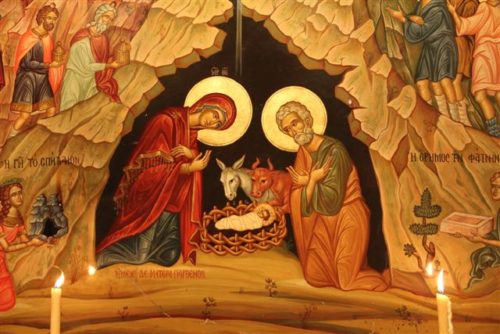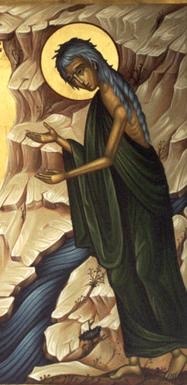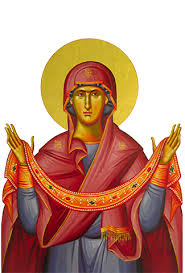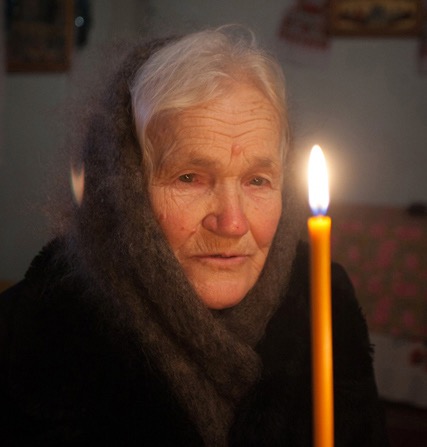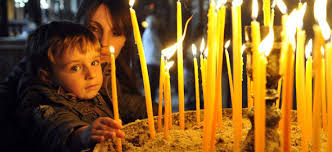
This Sunday our Holy Church turns our attention to the restoration of the holy icons into the Church. We celebrate this event with the commemoration of the Sunday of Orthodoxy. I could say much in discussing this feast and as a matter of fact my entire dissertation studies the details of this event. Nonetheless, I would ask you to think a moment on this questions. What do the faces in this icon or any icon really say to us?
The icon above is the icon of St Methodios l, Patriarch of Constantinople, the Confessor. He can also be seen in the icon of the Sunday of Orthodoxy standing next to the icon within the scene. When I talk to people about icons many times I hear: “but they don’t look like real people.” In making this observation people touch on the very truth of the icon. Even though the image depicts “real people” they are shown in their deified reality. What does this mean? As Orthodox Christians we are all called to struggle ascetically towards our deification in Christ. The saints depicted in the icons are the truth of this endeavor. In their lives, they have ascended the ladder of deification and are shown in their glorified reality. They are no longer of this world, but belong to the reality of God. Their image in the icon reflects this truth. Byzantine icons reflect the world of God and not the world of fallen man. As the viewer of the icon, we should not be drawn to the beauty and form of the world but the radiance of God’s kingdom. The images are stylized to reflect this glory.
In viewing the icon we are given subtle clues to the reality of the saints life. The icon of St. Methodios above was taken from a drawing of his icon from the Vatican Library. The icon was once present in the loge of Hagia Sophia but was destroyed by an earthquake many years ago. The icon shows a white scarf encircling the patriarch’s face. This detail testifies to the suffering of Methodios as a confessor to the faith, in that he was tortured in prison by having his teeth removed and his jaws broken; because of his support of the holy icons. He required this white scarf around his chin for the rest of his life even when he became patriarch. So the icon testifies to his suffering for Christ and his faithfulness to the truth of the Church.
In icons we have the reflection of Christ alive in the life of the person depicted for us in the holy image. Each saint in an icon is truly the reflection of Christ in their life. This is why we place a vigil lamp in front of the icon because the saints depicted there, in the icon, always reflected Christ and His light to their community, in their time and in time in memoriam. So as we see there is more than just a face in the reality of the icons. How very apt is our prayer when we ask the holy saint’s of God to intercede for us!
God Bless and have a Blessed Great Lent……..Fr. G.


